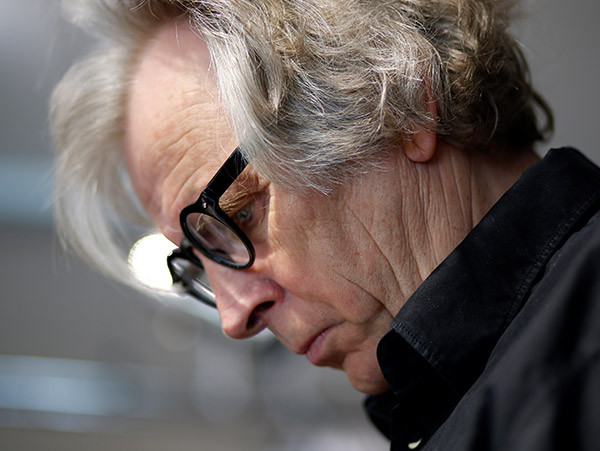
During this corona crisis, it becomes crystal clear that we are running considerable risks, also with regard to food safety. It is known that direct contact with insects and (infected) animals through bites, stings and faeces can lead to diseases. Of all infectious diseases in the last 10 years, 75% originate from animals. The 'living' markets in Asia and Africa with caged but originally wild animals are hot spots for zoonotic infectious diseases. But we are not going to just blame others; there are also problems closer to home. Mankind, with its travel behaviour, is a boulder in the spread of diseases. Just look at the misery with swine fever that we can't control. Companies and countries will have to lock up more and more often if we want to continue to produce safe food. Food that consists of more than just roots and tubers. More food too, for the growing world population.
In the meantime, we are mainly focusing on ourselves, and I don't mean that in a positive way. Substantially more people are dying from too much, than from too few calories. More than two billion adults and children, almost a third of the total world population, have health problems because of their weight. Consumers have become accustomed to a lot of fat, sugars and salt, and to fast. Bite, swallow, go. We barely chew our food. And those who have a normal weight are quickly considered to be thin. Our eating behaviour, including the kind of food we eat, is the new smoking.
This crisis puts a lot of things on edge when it comes to the risks we run. Companies that are highly automated are one step ahead because physically fewer people are working.The 1.5-metre economy will have far-reaching consequences for food production companies. For us architects, there is an enormous challenge as to how we can design all this in a feasible and affordable way while still making food-safe businesses.
Herman Bessels is architect BNA at Bessels architekten & ingenieurs BV
Source: © Vakblad Voedingsindustrie 2020